Home>Dining>Events & Etiquette>What To Do At A Dinner Party
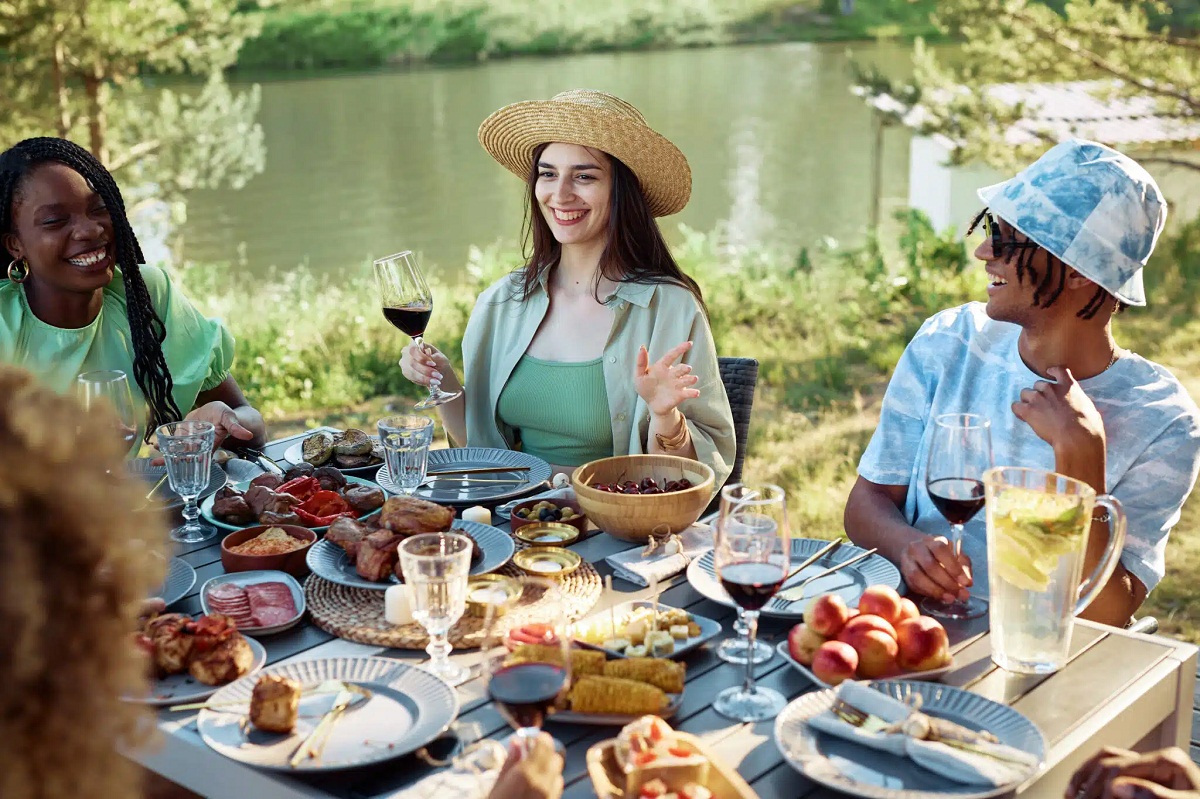

Events & Etiquette
What To Do At A Dinner Party
Modified: October 18, 2024
Discover essential events etiquette tips and guidelines to ensure a memorable dinner party experience. Impress your guests and leave a lasting impression.
(Many of the links in this article redirect to a specific reviewed product. Your purchase of these products through affiliate links helps to generate commission for Storables.com, at no extra cost. Learn more)
Introduction
Welcome to the wonderful world of dinner parties! Whether you are hosting or attending, these gatherings are a great opportunity to relax, socialize, and enjoy delicious food and drinks. However, attending a dinner party may pose some etiquette challenges if you’re not familiar with the dos and don’ts of such events. In this article, we will guide you through the ins and outs of dinner party etiquette, helping you navigate these occasions with ease and grace.
A dinner party is more than just a meal; it is an experience that combines good food, pleasant conversation, and a warm atmosphere. The key to a successful dinner party lies in striking the right balance between courtesy, enjoyment, and attention to detail. By following a few simple guidelines, you can ensure that you and your fellow guests have an unforgettable evening!
From setting the atmosphere to bidding farewell, every step of a dinner party holds its own significance. We will take you through each stage, providing insights and tips to make the most of your dining experience. So, let’s get started on our journey into the world of dinner party etiquette!
Key Takeaways:
- Create an inviting atmosphere with soft lighting, music, and thoughtful seating arrangements to set the stage for an enjoyable dinner party experience.
- Serve a well-balanced menu, prepare enticing appetizers, and mix delicious drinks to impress guests and elevate the dining experience.
Read more: What Is A Progressive Dinner Party?
Setting the Atmosphere
The atmosphere of a dinner party sets the tone for the entire evening. From the moment guests arrive, they should feel welcomed and comfortable. Here are a few tips on how to create the perfect ambiance:
- Lighting: Soft, warm lighting creates a cozy and intimate atmosphere. Consider using candles or dimming the overhead lights to achieve the desired effect.
- Music: Background music can enhance the mood and create a pleasant ambiance. Choose a playlist that matches the theme of the evening or opt for soft instrumental music that won’t distract from conversation.
- Decorations: Simple yet elegant table decorations, such as fresh flowers, tasteful centerpieces, or decorative table runners, can elevate the overall aesthetic of a dinner party. Additionally, you can make custom wine glasses to add a unique and personal touch, enhancing the sophistication and charm of the setting.
- Seating Arrangements: Take care when planning the seating arrangements to encourage conversation and prevent cliques. Consider seating guests with similar interests or those who may not know each other well to encourage new connections.
By paying attention to these details, you can create an inviting and welcoming atmosphere that sets the stage for an enjoyable evening.
Planning the Menu
One of the key elements of a successful dinner party is the menu. When planning the menu, it’s important to consider the preferences and dietary restrictions of your guests. Here are some tips to help you create a well-balanced and delicious menu:
- Variety: Aim to offer a diverse range of flavors, textures, and culinary experiences. Consider incorporating a mix of appetizers, main courses, sides, and desserts to cater to different tastes.
- Seasonality: Take advantage of seasonal ingredients to ensure the freshest flavors and enhance the overall dining experience. Seasonal produce not only tastes better but also supports local farmers and reduces environmental impact.
- Dietary Considerations: Inquire in advance about any dietary restrictions or allergies among your guests. Make sure you have vegetarian, vegan, or gluten-free options available to accommodate everyone’s needs.
- Balance: Aim for a well-balanced menu that includes a mix of protein, vegetables, and carbohydrates. Consider offering lighter options for appetizers and sides to allow room for the main course and dessert.
- Preparation: Plan the menu in a way that allows you to prepare as much as possible in advance. This will help you minimize stress and allow you to spend more time with your guests.
Remember, the menu should reflect your personal taste and style as the host. Don’t be afraid to get creative and put your own twist on classic dishes. Ultimately, a well-thought-out menu will not only satisfy your guests’ taste buds but also showcase your culinary prowess.
Preparing Appetizers
Appetizers are a delightful way to kick off a dinner party, whetting the appetite and setting the stage for the main course. Here are some tips to help you prepare enticing and crowd-pleasing appetizers:
- Bite-sized: Opt for bite-sized appetizers that are easy to eat and don’t require utensils. This allows guests to mingle and mingle without being weighed down by a heavy dish.
- Variety: Offer a variety of appetizers to cater to different tastes. Include options like bruschetta, cheese and charcuterie platters, stuffed mushrooms, or mini quiches.
- Presentation: Pay attention to the presentation of your appetizers. Use attractive serving platters or individual small plates to make them visually appealing.
- Timing: Serve appetizers shortly after guests arrive, allowing them to nibble and mingle before the main course. Avoid serving too many appetizers that may fill up your guests before the main meal.
- Accompaniments: Consider providing accompanying dips, sauces, or spreads for your appetizers. This adds an extra layer of flavor and allows guests to customize their bites.
- Consider Dietary Restrictions: Include a few vegetarian or gluten-free appetizer options to accommodate guests with dietary restrictions. Label the dishes clearly so that guests can make informed choices.
Remember, appetizers should be tasty and visually appealing, setting the stage for a delightful dining experience. By paying attention to these details, you’ll impress your guests with your culinary skills and set the tone for the rest of the evening.
Mixing Drinks
No dinner party is complete without a selection of delicious and refreshing drinks to accompany the meal. Here are some tips for mixing drinks that will impress your guests:
- Signature Cocktail: Create a signature cocktail for your dinner party that reflects your personal taste and style. This adds a unique touch and allows you to showcase your mixology skills.
- Wine Pairings: Consider pairing different wines with each course of your meal. Choose wines that complement the flavors and textures of the dishes. If you’re unsure, do some research or seek advice from a sommelier.
- Non-Alcoholic Options: Not everyone may want an alcoholic drink, so be sure to offer non-alcoholic options as well. Infused water, mocktails, or flavored sparkling water are great choices to cater to all preferences.
- Bartending Tools: Invest in basic bartending tools, such as a cocktail shaker, muddler, and jigger. This will allow you to mix drinks with precision and create a professional cocktail experience.
- Garnishes: Don’t forget about presentation! Garnish your drinks with fresh fruit slices, herbs, or colorful cocktail umbrellas. This adds a touch of elegance and makes the drinks visually appealing.
- Personalization: Take note of your guests’ drink preferences and offer a selection that caters to their tastes. Be prepared to offer alternatives if someone prefers a different spirit or flavor profile.
Remember, mixing drinks is an art form that requires a balance of flavors, presentation, and attentiveness to your guests’ preferences. With a little practice and creativity, you can become the go-to mixologist at your dinner parties.
Read more: What To Bring For A Dinner Party
Setting the Table
When preparing for a dinner party, remember to set your table with care. The table setting is an essential element, enhancing the visual appeal of the dining area and setting the stage for a memorable meal. Here are some tips for creating an elegant and inviting table:
- Tablecloth or Placemats: Start by laying a clean tablecloth or placemats as the foundation of your table setting. Choose a color or pattern that complements the theme or the overall aesthetic of your dinner party.
- Dinnerware: Place the dinner plates in the center of each setting, ensuring that they are aligned with the edge of the table. Add side plates or salad plates to the left of the dinner plates if necessary.
- Utensils: Arrange the utensils in the order in which they will be used, from the outside in. Forks are placed to the left of the plate, with the salad fork on the outermost side. Knives and spoons are placed to the right, with the blade of the knife facing inward.
- Glassware: Position the drinking glasses to the right of the plate, above the knives and spoons. If you’re serving different types of beverages, such as water, wine, and champagne, arrange the glasses accordingly.
- Napkins: Fold the napkins and place them either on top of the dinner plate or to the left of the forks. You can also add a decorative touch by using napkin rings or folding techniques.
- Centerpiece: Create a centerpiece that complements the theme and doesn’t obstruct the view across the table. Fresh flowers, candles, or a decorative arrangement can add a touch of elegance and serve as a focal point.
Remember, the table setting should be visually appealing yet functional. Take into account the number of guests, the size of the table, and the type of meal you’ll be serving when arranging the setting. With attention to detail, your beautifully set table will create a welcoming atmosphere for your guests.
When hosting a dinner party, plan a menu that includes a variety of dishes to accommodate different dietary restrictions and preferences. This ensures that all of your guests will have something delicious to enjoy.
Engaging in Conversation
Engaging in meaningful conversation is a key aspect of any dinner party. It helps create a lively and enjoyable atmosphere where guests can connect and share their thoughts and experiences. Here are some tips for fostering engaging conversations:
- Ice Breakers: Start the evening with some light-hearted icebreaker questions or prompts to get the conversation flowing. This can be something like asking guests about their favorite travel destination or sharing interesting anecdotes.
- Be a Good Listener: Show genuine interest in what others have to say by actively listening. Avoid interrupting and give others the chance to express themselves fully.
- Avoid Controversial Topics: When engaging in conversations, steer clear of controversial or sensitive topics that may lead to disagreements or discomfort. Stick to neutral subjects like travel, hobbies, or current events that are less likely to stir up heated debates.
- Include Everyone: Make an effort to include all guests in the conversation. Ensure that quieter individuals have the opportunity to speak by asking open-ended questions or inviting their input.
- Keep the Conversation Balanced: Encourage everyone to participate by giving each person a chance to speak. Avoid monopolizing the conversation or allowing one person to dominate the discussion.
- Table Games or Discussion Prompts: Consider incorporating table games or discussion prompts to add a fun and interactive element to the conversation. This can inspire interesting discussions and help break the ice.
- Respect Boundaries: Respect the privacy and boundaries of your guests. Avoid prying into personal matters or asking overly personal questions.
Remember, the goal is to create an inclusive and enjoyable atmosphere where guests can connect and have meaningful conversations. By following these tips, you’ll encourage lively discussions and ensure that everyone feels engaged and valued.
Serving the Main Course
The main course is the centerpiece of any dinner party, and serving it with style and precision is essential for a memorable dining experience. Here are some tips for serving the main course like a pro:
- Timing is Key: Ensure that the main course is cooked and ready to be served on time. Plan your cooking and preparation in advance to avoid delays or having guests waiting for their meal.
- Plating Presentation: Pay attention to the presentation of the main course. Arrange the food on each plate with care and creativity, aiming for an appetizing and visually appealing presentation.
- Serve from the Left: Traditionally, the main course is served from the left-hand side of each guest. Hold the plate with your left hand and use the right hand to serve the food.
- Guest Preferences: Take note of any dietary preferences or restrictions when serving the main course. Be prepared to offer alternative options or accommodate individual requests whenever possible.
- Serve with Confidence: Project confidence and grace when serving the main course. Avoid rushing or feeling flustered, and handle the utensils and serving dishes with finesse.
- Sauce and Condiments: If the main course is accompanied by sauces or condiments, offer them separately or drizzle them over the dish just before serving. This allows guests to customize their meal according to their preferences.
- Assist with Seating: If necessary, assist guests by holding their chair or guiding them to their seat as you serve the main course. This adds a touch of attentiveness and hospitality.
Remember, the main course is the focal point of the meal, and how it is served can make a significant impact on your guests’ dining experience. By following these serving tips, you’ll ensure that the main course is served with elegance and precision.
Keeping the Party Going
After serving the main course, it’s important to keep the energy and enjoyment of the dinner party going. Here are some tips for maintaining a lively atmosphere throughout the evening:
- Engage in Conversation: Encourage guests to continue engaging in conversation by asking open-ended questions, sharing interesting stories, or inviting group discussions on light-hearted topics.
- Music and Entertainment: Keep the mood upbeat by playing music in the background that matches the ambiance of the evening. Consider providing opportunities for entertainment such as a musician, a dance floor, or even a game room.
- Encourage Mingling: Create opportunities for guests to mingle and interact by rearranging seating or setting up a lounge area where they can relax and socialize.
- Offer Drink Refills: Keep an eye on the guests’ drink levels and offer refills when appropriate. Ensure that non-alcoholic options are readily available for those who prefer not to consume alcohol.
- Serve Dessert: Bring out a delightful dessert that will serve as the perfect finishing touch to the meal. Consider offering a variety of options to cater to different preferences.
- Create a Relaxing Atmosphere: Dim the lights, light some candles, and encourage guests to unwind and enjoy the evening. A comfortable and relaxed environment will keep the party vibe alive.
- Provide Conversation Starters: Set out conversation starter cards or icebreaker prompts to spark interesting discussions among guests. This will keep the conversation flowing and prevent any lulls.
Remember, a successful dinner party is not just about the meal; it’s about creating an enjoyable and memorable experience for your guests. By implementing these tips, you’ll ensure that the party keeps going strong, with laughter, good conversation, and a lively atmosphere.
Read more: What To Wear For A Business Dinner Party
Dessert Time
As the evening progresses, it’s time to indulge in a sweet finale – dessert! Dessert is the perfect way to end a dinner party on a high note and leave your guests with a lasting impression. Here are some tips for creating a memorable dessert experience:
- Offer Variety: Provide a selection of desserts to cater to different tastes. Include options such as cakes, pies, tarts, or individual treats like cupcakes or cookies. Aim for a variety of flavors, textures, and presentation styles.
- Consider Dietary Restrictions: Take into account any dietary restrictions or preferences of your guests when choosing desserts. Offer alternatives like gluten-free, vegan, or sugar-free options to ensure that everyone can enjoy a sweet treat.
- Presentation: Pay attention to the presentation of the desserts. Arrange them on a tiered dessert stand, showcase them on decorative platters, or plate them individually to create an enticing display.
- Accompaniments: Enhance the dessert experience by serving complementary accompaniments like whipped cream, ice cream, fruit compote, or chocolate sauce. This allows guests to customize their dessert to their liking.
- Coffee, Tea, or Digestifs: Offer a variety of hot beverages like coffee or tea to accompany the desserts. If desired, provide digestifs like liqueurs or brandy for those who enjoy a post-meal drink.
- Share the Story: If there’s a special story or personal touch behind a particular dessert, share it with your guests. It adds a unique touch and makes the dessert experience even more memorable.
- Encourage Conversation: Dessert time is a great opportunity for guests to share their thoughts and savor their treats. Encourage conversation about the flavors, textures, and personal favorites among the desserts.
Remember, dessert time is about indulging in delicious sweet treats and creating a memorable end to the evening. By considering the preferences of your guests and presenting a variety of delectable options, you’ll leave a lasting impression and end the dinner party on a sweet note.
Farewell and Thank You Note
As the dinner party comes to a close, it’s important to bid farewell to your guests and express your gratitude for their presence. Here are some tips for ending the evening with warmth and appreciation:
- Personal Farewells: Take the time to personally say goodbye to each guest. Thank them for coming and express your appreciation for their company throughout the evening.
- Takeaways: Consider offering small takeaway gifts or tokens of appreciation as a gesture of gratitude. This could be something like homemade cookies, a small potted plant, or a handwritten note.
- Thank You Note: Send a personalized thank you note to each guest within a day or two of the dinner party. Express your gratitude for their presence, highlight memorable moments during the evening, and reiterate how much you enjoyed their company.
- Express Appreciation: In your thank you note, mention specific ways in which each guest contributed to the success of the dinner party. Acknowledge their assistance, engaging conversation, or any special moments that made the event more enjoyable.
- Reflect on the Evening: Share your reflections on the dinner party and how much you appreciate the effort that went into creating a memorable evening for everyone. Mention highlights, fond memories, or moments of laughter and connection.
- Invite Feedback: Encourage guests to share their thoughts and feedback about the dinner party. This not only shows that you value their opinion but also helps you improve future events.
Remember, bidding farewell and expressing your gratitude is a final touch that leaves a lasting impression on your guests. By showing sincere appreciation and thoughtfulness, you’ll create a sense of warmth and connection that lingers long after the dinner party is over.
Frequently Asked Questions about What To Do At A Dinner Party
Was this page helpful?
At Storables.com, we guarantee accurate and reliable information. Our content, validated by Expert Board Contributors, is crafted following stringent Editorial Policies. We're committed to providing you with well-researched, expert-backed insights for all your informational needs.



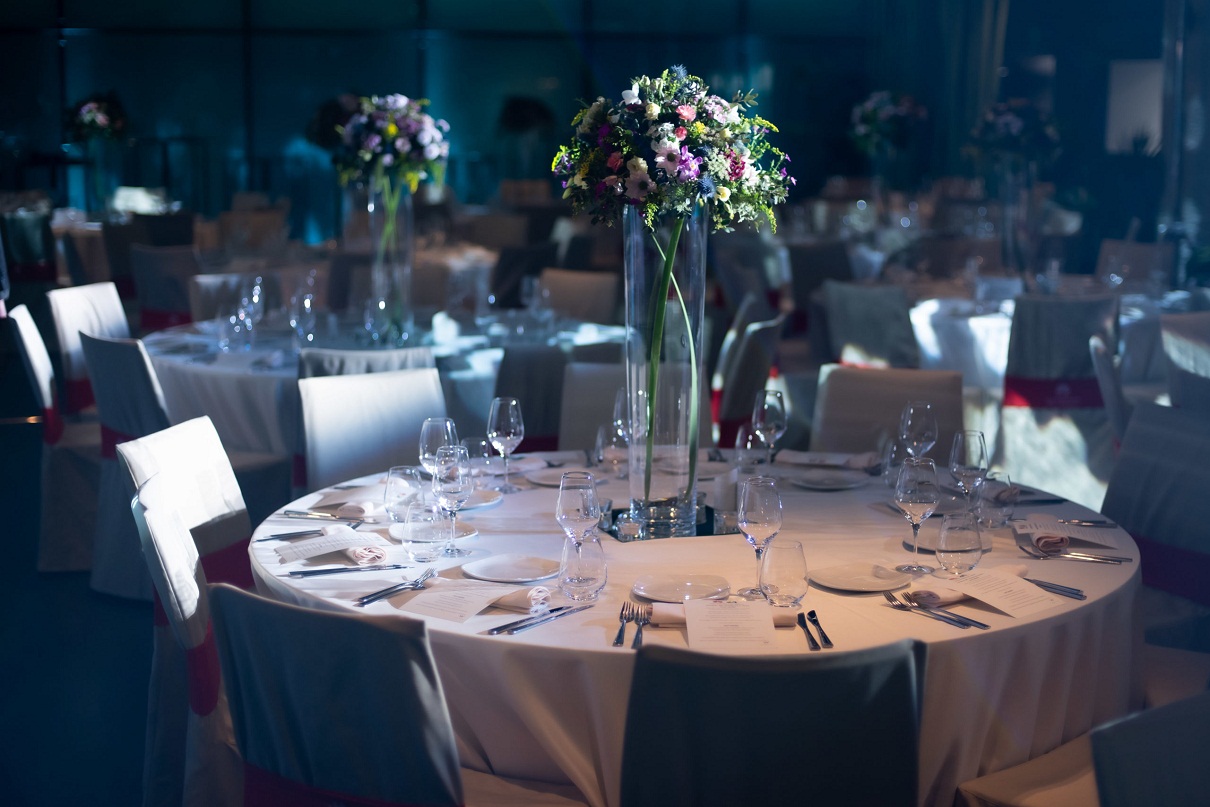
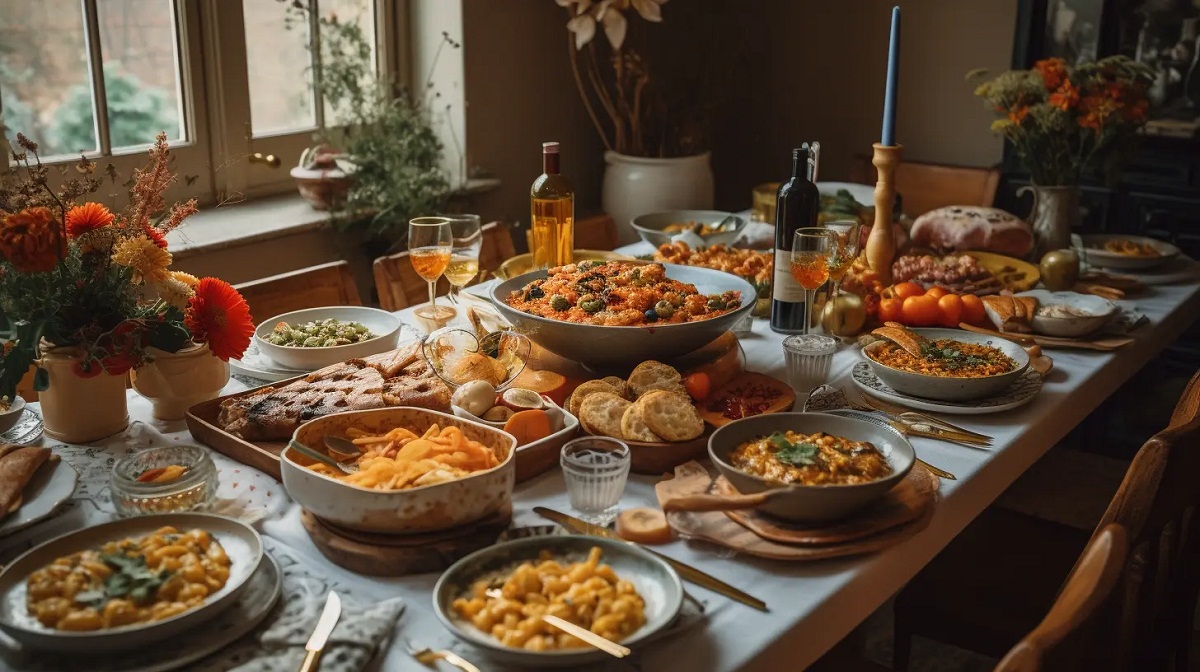
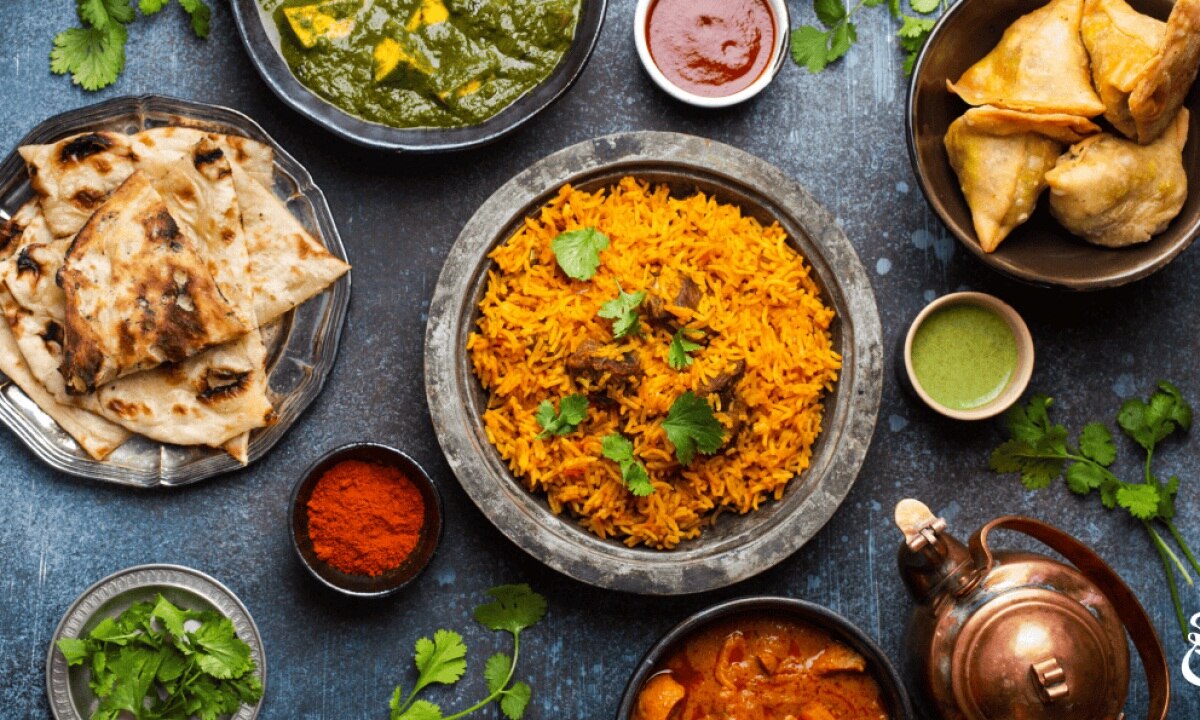
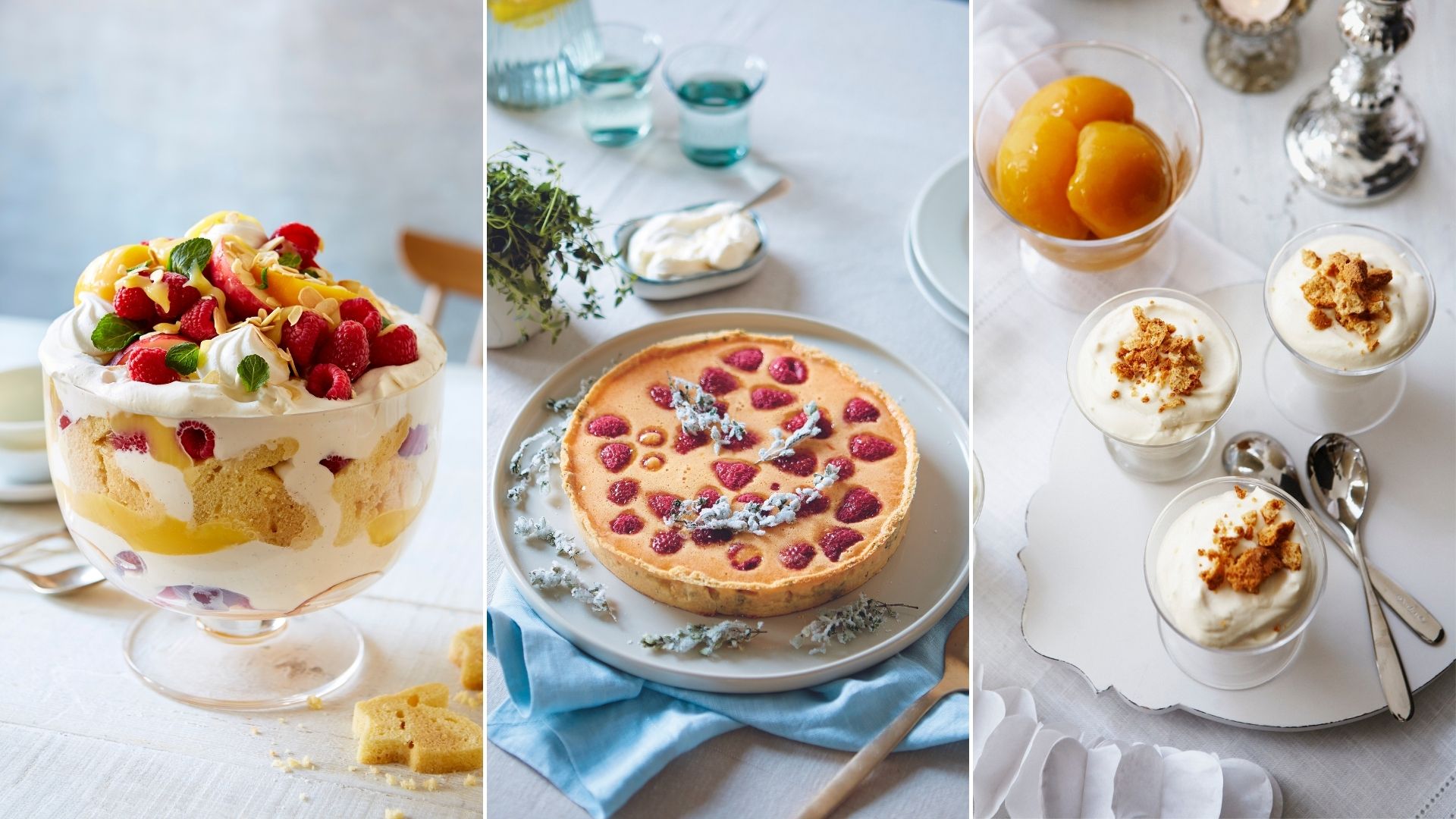
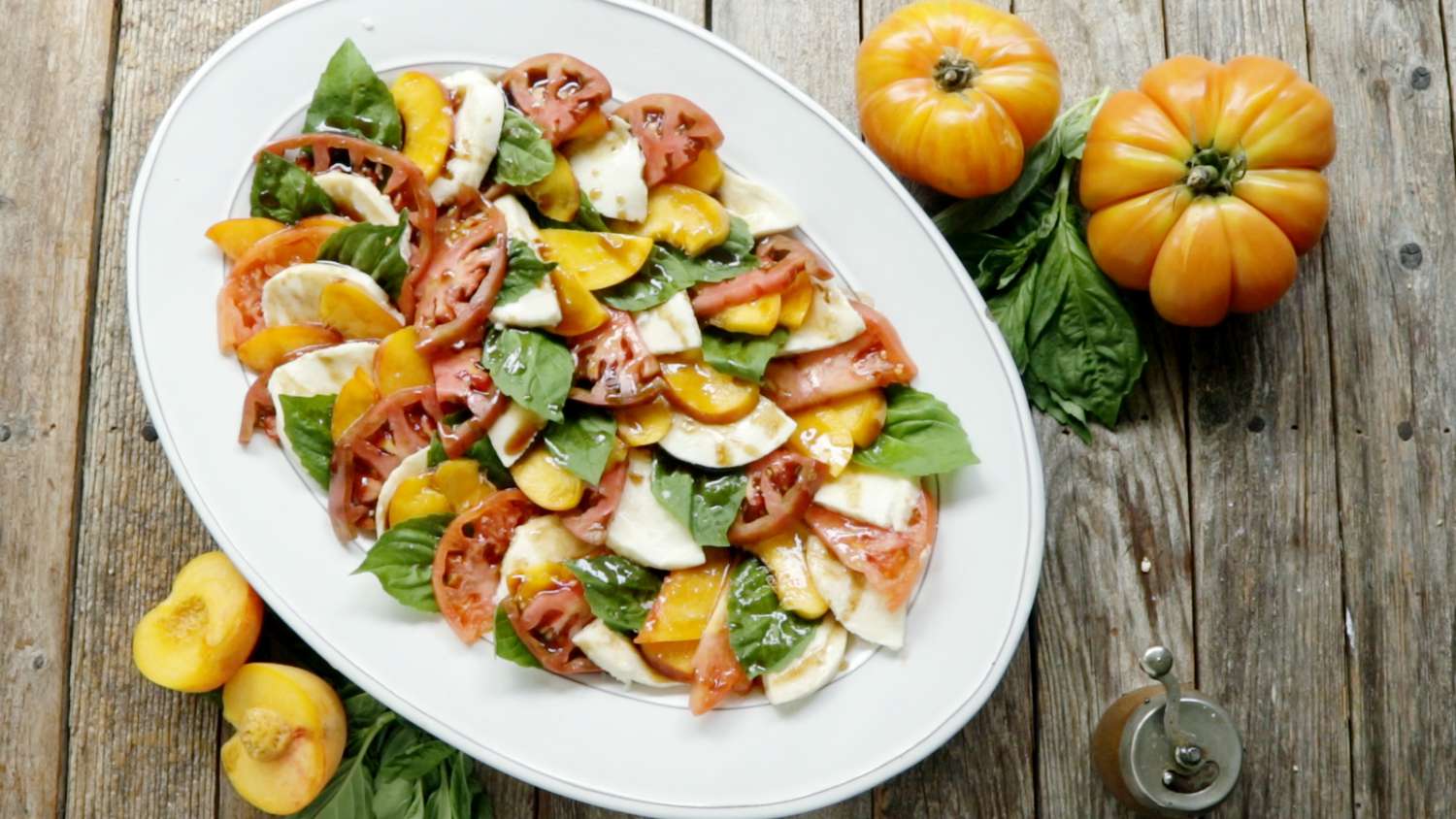
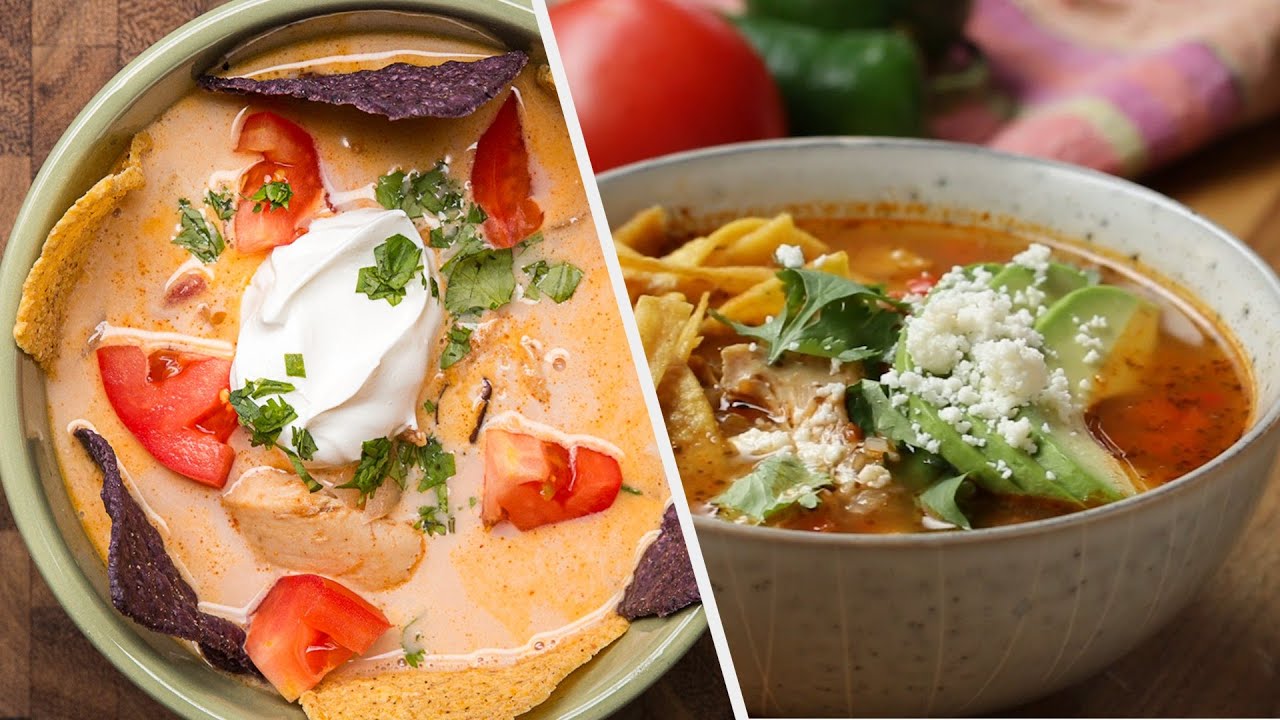
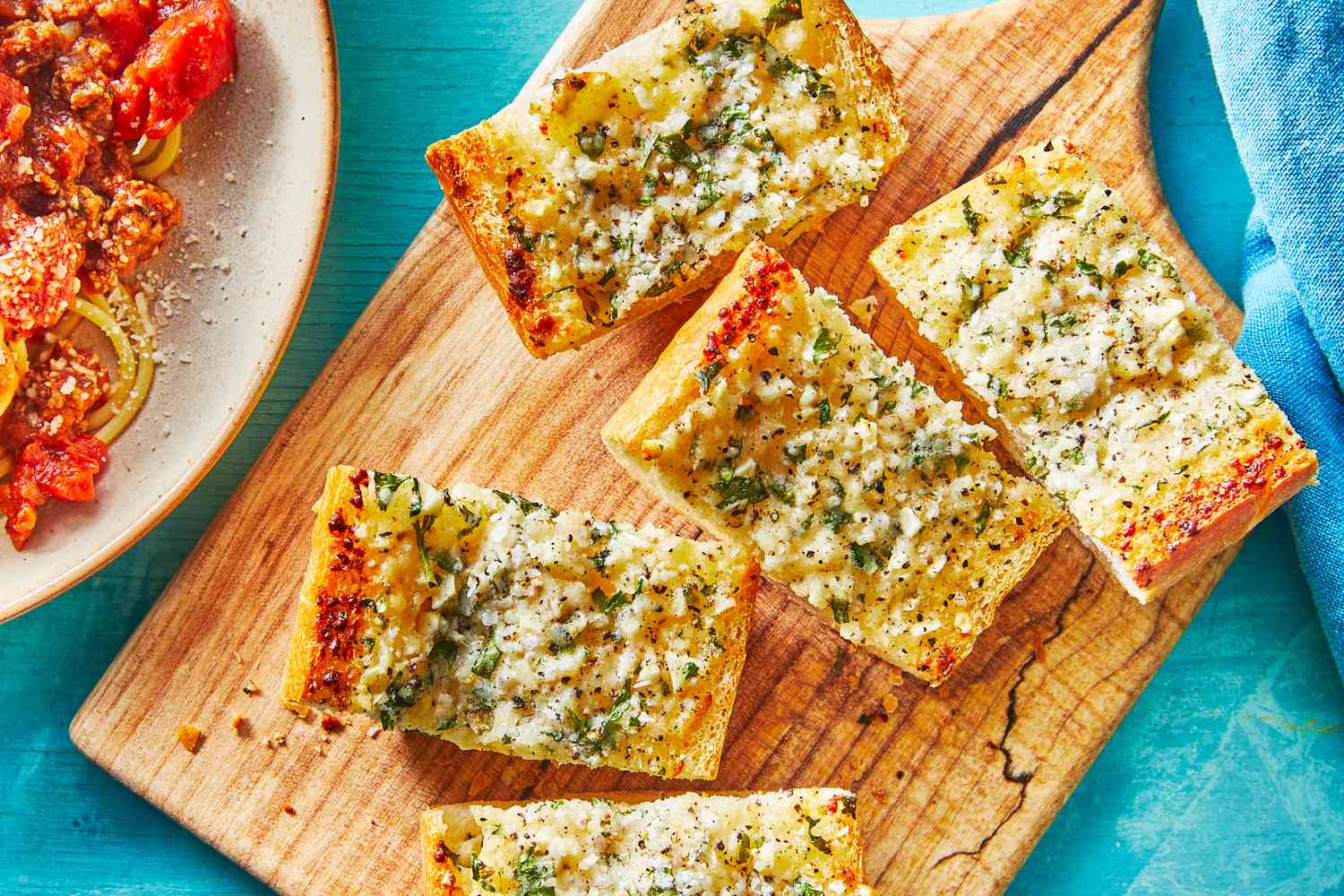
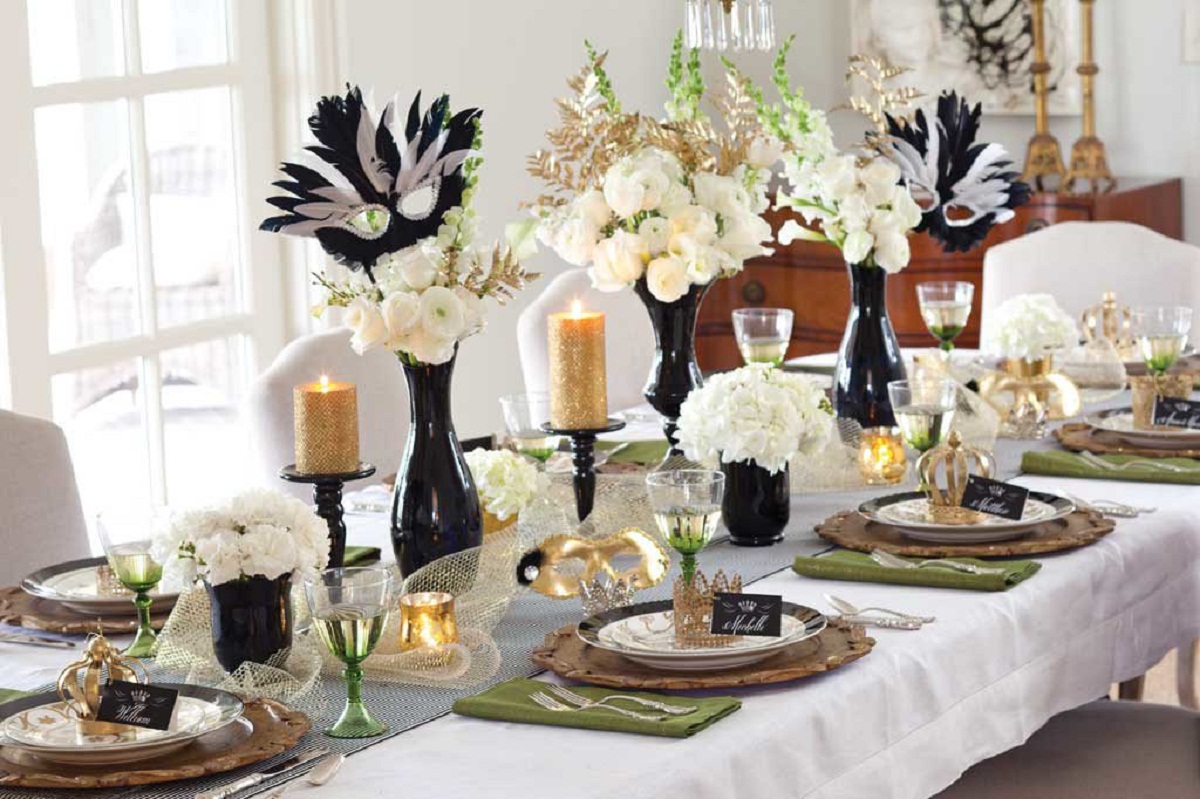



0 thoughts on “What To Do At A Dinner Party”